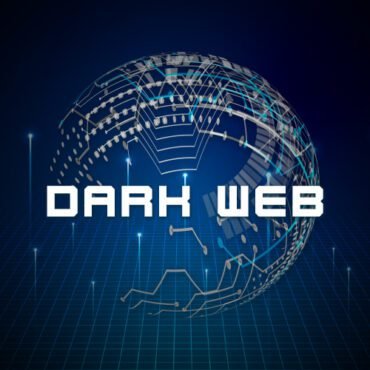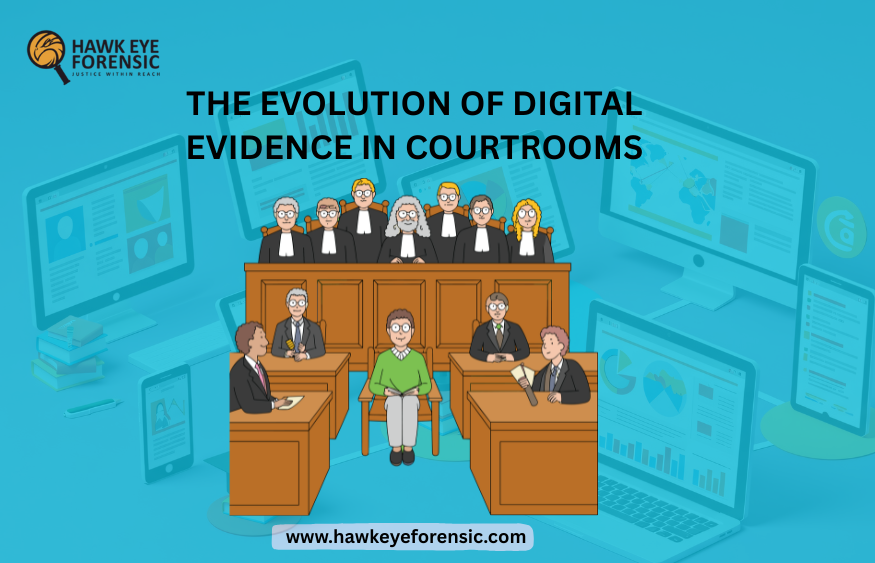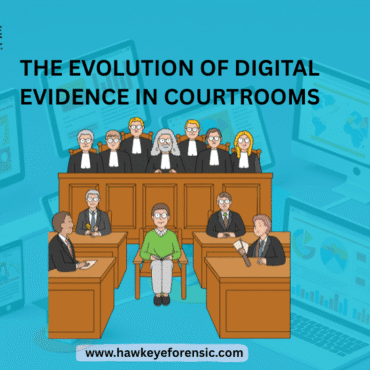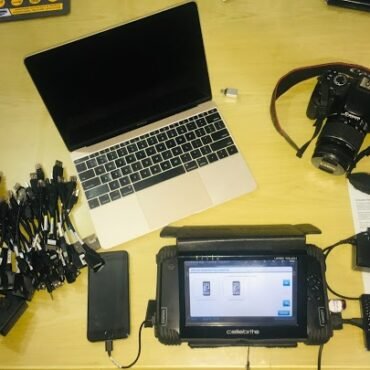
Unmasking the Invisible: A Complete Guide to Dark Web Forensics
The internet you browse every day — social media, email, news, banking — makes up only a tiny fraction of the digital world. Beneath it lies a hidden layer known ...


Blog Omprakash Singh todayNovember 27, 2025

In the last two decades, technology has transformed nearly every aspect of our lives—and the legal system is no exception. Courtrooms that once relied almost entirely on paper documents, physical objects, and eyewitness testimony now routinely examine a wide range of digital evidence. From emails and CCTV footage to social media posts and cloud-stored files, digital materials have become central to both civil and criminal litigation.
But how did we get here? And what ensures that this digital information is actually admissible in court?
Let’s explore the evolution, significance, and legal framework surrounding digital evidence—especially the role of the Section 65B(4)(c) certificate that validates electronic records in India.
In the early 2000s, digital evidence first appeared in courtrooms through computer printouts, call records, and basic electronic communications. However, courts initially struggled with:
Verifying authenticity
Preventing tampering
Understanding the technology
Without a clear legal framework, such evidence was often challenged or rejected.
India formally recognized electronic evidence with the Information Technology Act, 2000, which amended the Indian Evidence Act. This paved the way for digital records to be treated as valid evidence—but with strict rules to ensure their reliability.
The most crucial of these rules is Section 65B.
Under Section 65B of the Indian Evidence Act, any electronic record presented as evidence must be accompanied by a certificate confirming:
How the data was produced
The device used for extraction
That the device was functioning properly
That the information is a true and accurate copy
Within this framework, Section 65B(4)(c) specifically requires a statement regarding:
“The particulars of the device involved in the production of the electronic record.”
In simple terms, 65B(4)(c) ensures the court knows exactly which device created or stored the data and confirms that it was functioning reliably. This protects the integrity of digital evidence by preventing manipulation, fabrication, or unauthorized alteration.
Without this certificate, courts may reject digital evidence—even if it is crucial to the case.
This Supreme Court decision made it clear:
Electronic evidence must be accompanied by a 65B certificate.
Oral evidence alone cannot prove the authenticity of digital data.
The Supreme Court reaffirmed the necessity of the 65B certificate and clarified some practical exceptions, especially when the original device is under the control of a third party (e.g., telecom companies).
These judgments strengthened the framework for using digital evidence while ensuring fairness.
Today, Indian courts engage with digital evidence daily, including:
WhatsApp chats
CCTV footage
GPS data
Emails and server logs
Smartphones and forensic extractions
Cloud storage records
Social media content
Advancements in digital forensics now help establish:
Metadata (timestamps, edits)
File integrity
Chain of custody
User authentication
The transition has increased efficiency, accuracy, and the ability to uncover truths that traditional evidence might miss.
Despite progress, digital evidence raises new concerns:
Privacy and data protection
Cybersecurity vulnerabilities
Deepfakes and AI-generated content
Device encryption issues
Dependence on third-party platforms
As technology evolves, the legal system must continuously adapt.
Future courtrooms may rely even more heavily on:
Cloud-based evidence repositories
AI-powered forensic tools
Blockchain-backed verification
Virtual and augmented reality reconstructions
Yet the core principle will remain the same: authenticity and reliability.
And the 65B(4)(c) certificate will continue to serve as a foundational safeguard ensuring that digital evidence presented in court stands strong against scrutiny.
The evolution of digital evidence in courtrooms marks a significant shift in how justice is pursued and delivered. With electronic records becoming central to nearly every type of legal dispute, frameworks like Section 65B(4)(c) play a vital role in maintaining trust and integrity within the judicial process.
As technology continues to rapidly evolve, our legal systems must evolve alongside it—balancing innovation with accountability.
Written by: Omprakash Singh

Digital Forensics Ayushi Agrawal
The internet you browse every day — social media, email, news, banking — makes up only a tiny fraction of the digital world. Beneath it lies a hidden layer known ...

Blog Omprakash Singh

Blog Ayushi Agrawal
Copyright 2016-2025 all rights reserved by Hawk Eye Forensic.
Post comments (0)